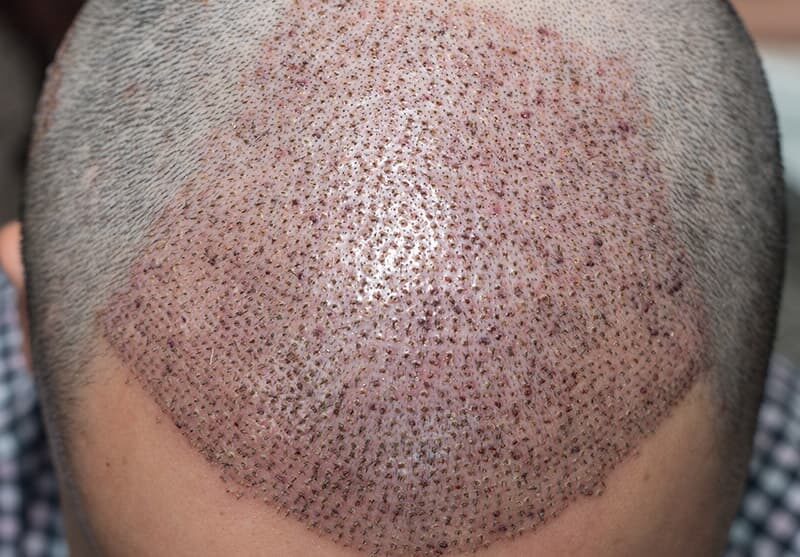Thinning hair or baldness can such an impact on a person’s self-confidence and self-respect. Sometimes it can cause anxiety and loss of self-esteem But, hair loss, thinning hair, or baldness is a problem that has a cure. Those problems are not destiny. Thanks to technological development hair transplants are easier and more successful. Hair transplant techniques are getting more technological these days and we will compare the most two technologic procedures used in hair transplant. One of them is the newly emerged technique called direct hair transplant as known as DHI and the other technique is the follicular unit extraction called FUE.
The FUE—follicular unit extraction is the most popular technique used in hair transplants. Basically, doctors take grafts from the donor site where usually the back of your head, and plant each hair follicle in the recipient area. Surgeons plant each hair follicle one by one manually.
On the other hand, the DHI—direct hair implementation technique is done by placing the grafts taken into the recipient area with a pen-like tool. Both techniques seem alike.
When we look at the differences between these two techniques, we can say that they have the same logic in the base. But, they use different tools to plant grafted hair follicles. While implanting extracted hair follicles to the recipient area, surgeons implant each grafts one by one manually in the FUE procedure. However, surgeons use special tools that open the canal and implant hair follicles at the same time in the DHI process. Also, the costs of the procedures are different between DHI and FUE. DHI is expensive than FUE because DHI uses more technological tools.
The bottom line is both techniques that DHI and FUE like each other. They have the same logic, but they use different techniques. Prices also different between the two techniques. So, you need to contact your doctor and you should consider what technique you want to undergo.







